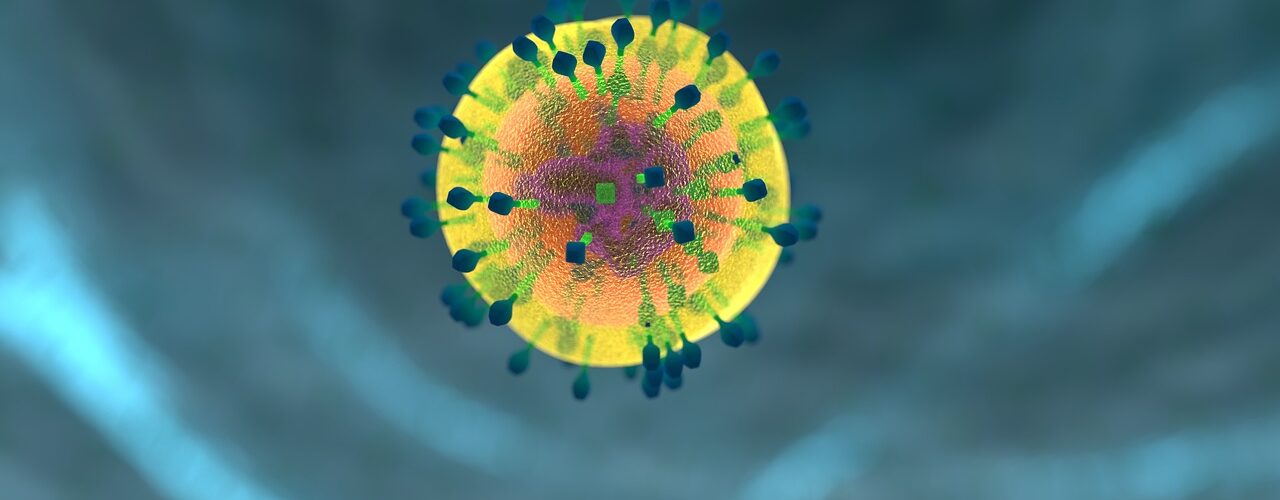A New Step Towards an Optimised T-cell Cancer Therapy

Doctors are equipped with a new weapon in their arsenal to defeat cancer – genetically engineered immune T cells that specifically target tumours. In healthy people, T cells recognise and kill foreign particles, like pathogens, but also cells of our own body, such as cancer cells. These specialised immune cells possess molecules on their surface, called T-cell receptors, through which they distinguish between ‘good cells’ to spare and ‘bad cells’ to kill1
Scientists are attempting to genetically modify the T-cell receptor to kill cancer cells and spare healthy cells – decreasing the amount and severity of side effects. This new therapy is currently used to cure B-cell lymphoma. Researchers harvested T cells from cancer patients and modified them to recognise a specific protein situated only on the surface of B cells, called CD19. Once reintroduced in patients, these T cells recognise and destroy the tumour. However, this technique is not perfect. The antitumour effect diminishes over time because the modified T cells are always in an active state. You may think about this constant state of activation, called T-cell exhaustion, as a continuous exercise that leaves our T cells depleted of energy, leaving them incapable of doing their job. Specifically, this is due to the presence on the T-cell surface of both their native receptors and the modified one – causing an overstimulation. Moreover, when the patient is immunocompromised, they cannot use their immune cells for the treatment. In this case, doctors must find the right donor to avoid transplant rejection, because the donor T-cells would be recognised as ‘bad’ to the recipient’s whole body if they are not correctly matched.
Researcher Justin Eyquem and collaborators used a recently developed technique of genetic engineering, called CRISPR, to overcome these limits. Compared to other techniques, CRISPR has two major improvements: the researchers know exactly where in the genome they are adding the new gene, and they can replace the native gene with the one of interest. Subsequently, the scientists substituted the original T-cell receptors with a modified one that can specifically recognise cancer cells. This approach represents progress compared to previous studies, where researchers only added a genetically engineered receptor in addition to the native receptors. Since only the interaction with cancer cells activates these modified T cells, Eyquem’s group managed to obtain a long-lasting anti-tumour effect – avoiding the overstimulation that causes T-cell exhaustion. Additionally, the absence of resident T-cell receptors resets their memory and overcomes the rejection of transplanted T cells. These genetically engineered T cells would potentially match all patients, stretching out this new technique to immunocompromised patients, who lack immune cells. Eyquem and collaborators added new interesting insights to the field that could help in developing more efficient cancer therapy. In effect, they have brought the use of T cells for effective cancer therapy to a tee.
Edited by Alisha Aman and Richard Murchie











Awesome post.